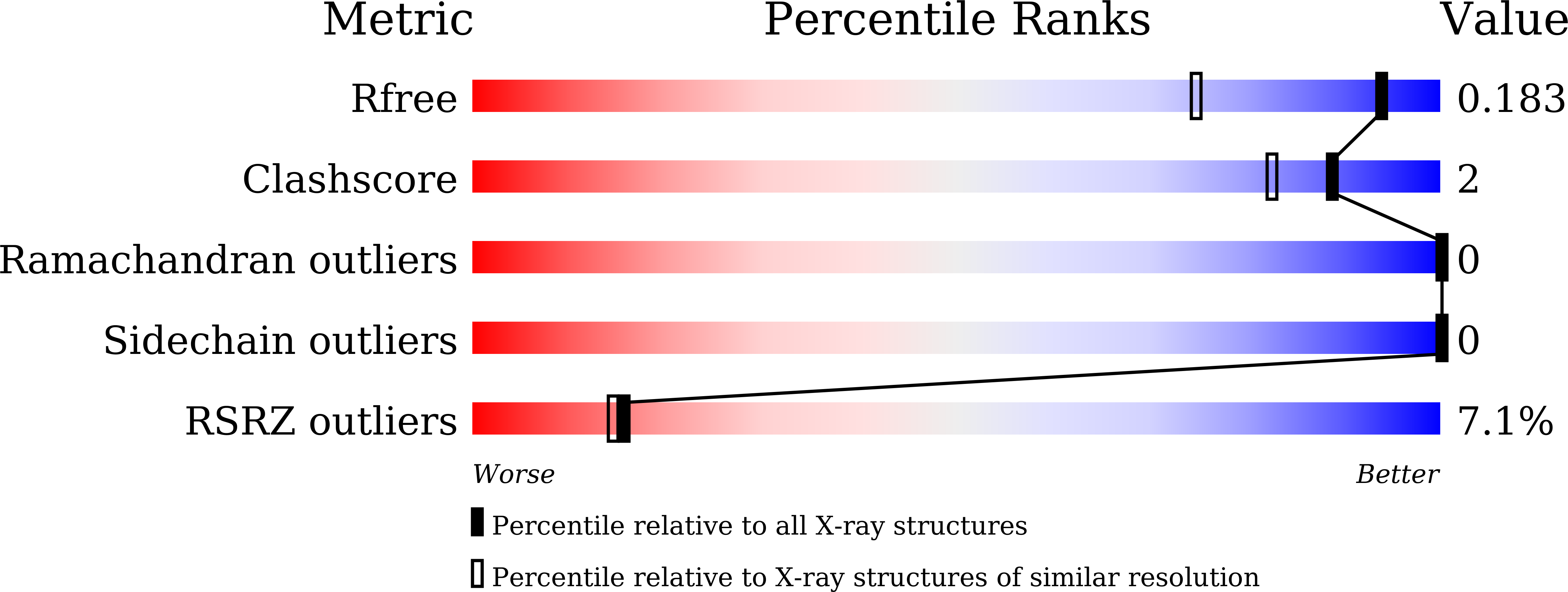
Deposition Date
2021-06-17
Release Date
2022-03-16
Last Version Date
2023-11-29
Entry Detail
PDB ID:
7F3S
Keywords:
Title:
Crystal structure of Sth1 Bromodomain in complex with H3K14bz peptide
Biological Source:
Source Organism:
Saccharomyces cerevisiae (strain ATCC 204508 / S288c) (Taxon ID: 559292)
Saccharomyces cerevisiae (Taxon ID: 4932)
Saccharomyces cerevisiae (Taxon ID: 4932)
Host Organism:
Method Details:
Experimental Method:
Resolution:
1.40 Å
R-Value Free:
0.18
R-Value Work:
0.16
R-Value Observed:
0.16
Space Group:
P 1


